High Gear Ratio vs. Low: The Numbers Game
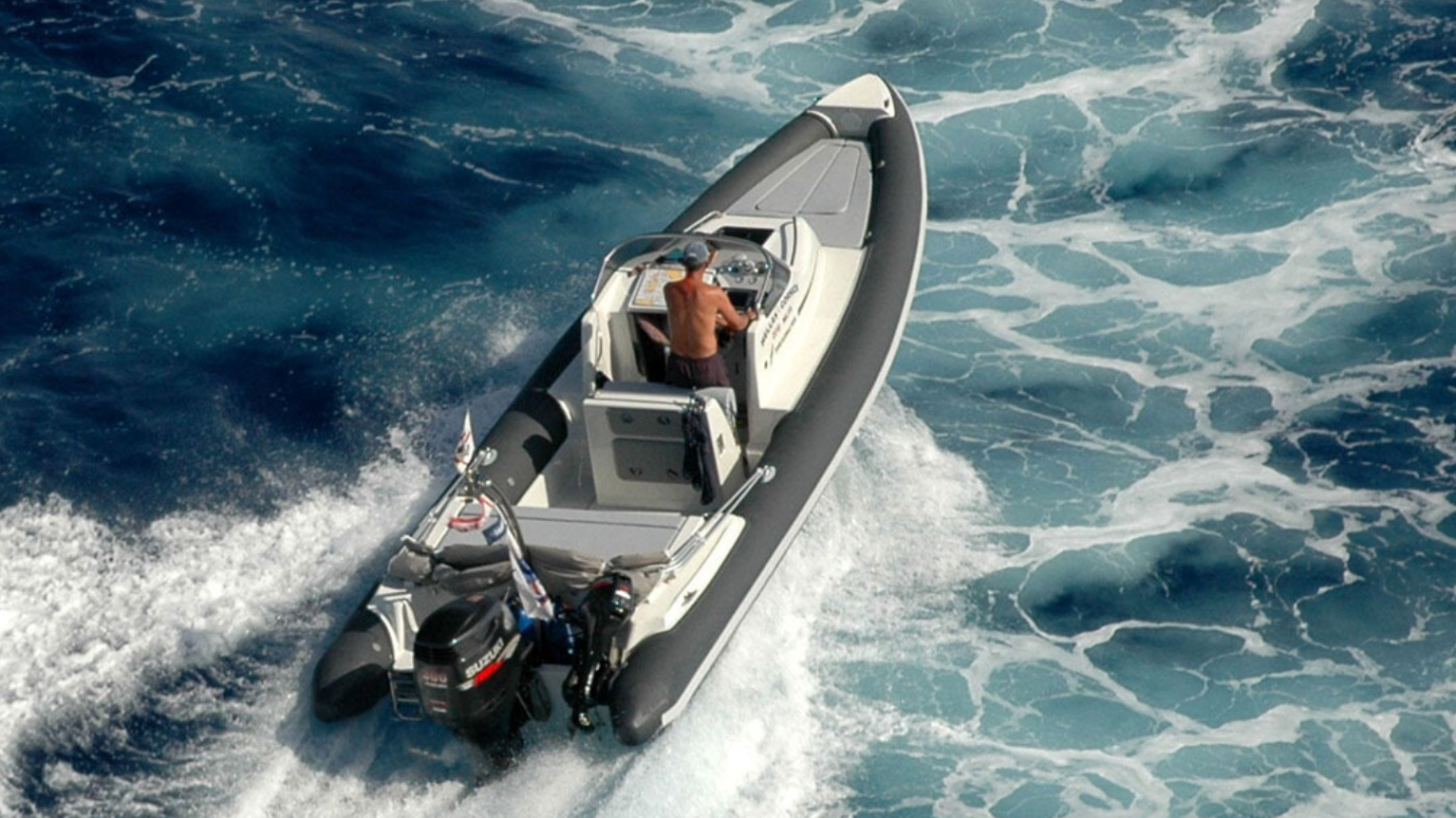
One way that manufacturers of outboard engines manage how the power is applied to the water is a reduction gear in the lower unit. An engine with a lower-unit gear ratio of 1.50:1 means that it takes 1.5 revolutions of the engine to turn the propeller one complete rotation. As horsepower decreases, the gear ratio gets higher (numerically), which means decreased propeller rpm. When determining the optimum gear ratio for an outboard, the manufacturer considers torque and propeller’s diameter and pitch.
Let's take a look at the gear ratios that Suzuki and Mercury use on some of their 4-stroke outboard engines:
Suzuki
300 hp 2.08:1
250 hp 2.29:1
200 hp 2.50:1
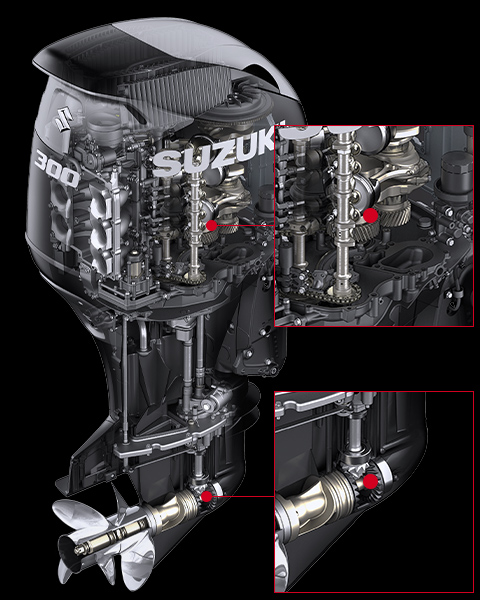
Mercury Verado
300 hp 1.75:1
250 hp 1.85:1
200 hp 2.08:1
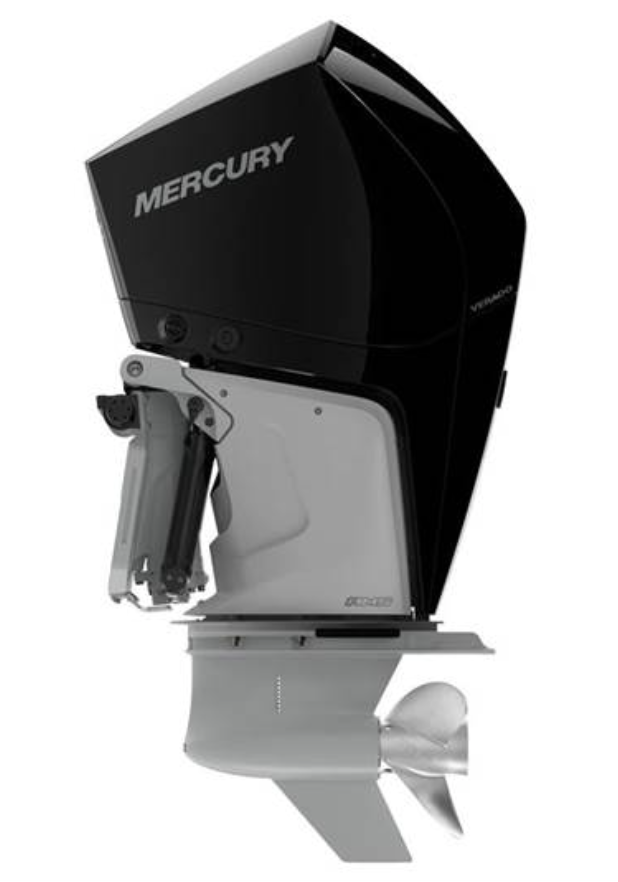
Breaking Down the Numbers
At the same horsepower, Suzuki’s gear ratios are higher (numerically) than Mercury’s. This means that on a 300-hp Suzuki outboard, at the same engine rpm, the propeller shaft rotates more slowly than a 300-hp Mercury Verado. This is because Suzuki uses an offset driveshaft that has a gear reduction between the crankshaft and driveshaft and the second reduction takes place in the lower unit. This design makes a larger gear ratio possible and lets Suzuki turn a larger propeller.
The 300-hp Suzuki has a lower-unit gear ratio of 2.08:1. At 4000 rpm the propshaft rotates at 4000 rpm/2.08 = 1923.07 rpm, while the 300-hp Verado rotates at 4000/ 1.75 = 2285.71rpm.
At 6300 rpm, Suzuki’s propshaft spins at 6300 rpm/2.08 = 3028.84 rpm, while then Verado turns 6300/1.75 = 3600 rpm.
This means that the Suzuki propshaft turns more slowly, but the torque produced is greater, while the Verado propshaft turns faster with less torque.

Suzuki and Mercury could install the same gear ratios to achieve the same propshaft speed. It could be argued that their different choices have to do with the philosophy of each company.
Suzuki prefers higher (numerically) gear ratios because it is more interested in achieving greater torque and thrust, while Mercury prefers lower gear ratios, at the same horsepower, because it is more interested in achieving greater speed.
Suzuki follows the rule: “The greater the reduction gear, the greater the torque at the propeller shaft and the greater the propeller diameter can be turned.” This approach focuses using on larger diameter propellers to take advantage of greater thrust.
Larger Diameter Propellers do the Following:
- Get the boat on plane more quickly and easily
- Keep the boat on plane at lower speed
- Create better acceleration at low and medium rpm
- Respond better in rough seas, producing greater thrust that is necessary when the boat is trying to climb on a large wave
- Have reduced slip numbers at low and medium rpm, achieving higher cruise speeds
- Are more “economical” at lower and medium engine speeds in most cases
- Work better on heavily loaded boats or on hulls that have drag (more wetted surface) during the ride
- Lift the stern farther out of water, which compensates the increased weight of the four-stroke engines.
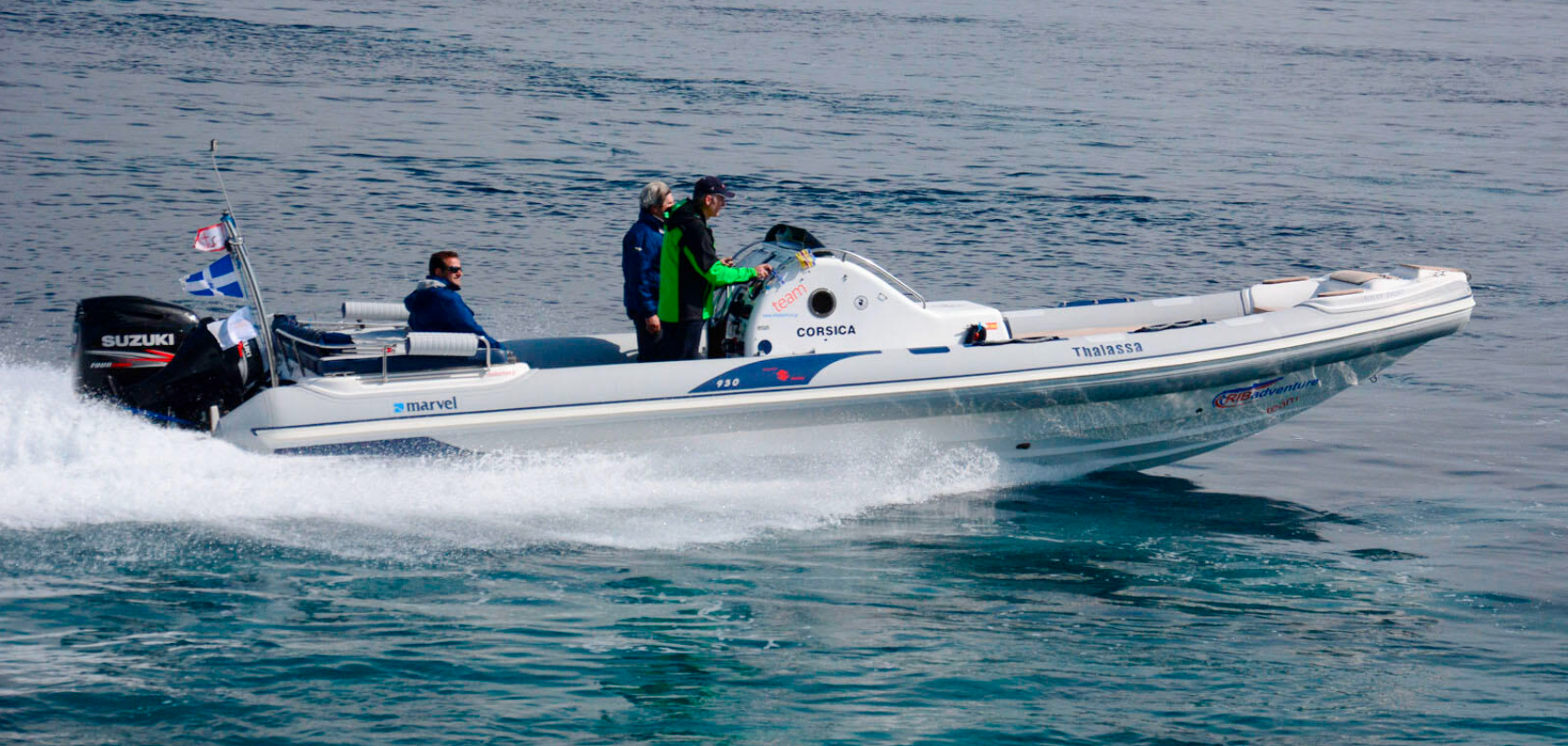
In general, the combination of a large-diameter propeller with a short pitch is more efficient than the combination of a small diameter propeller with a higher pitch.
Suzuki appears to focus more on all-around use where we operate about 90% of the time. Conversely, Mercury seems more focused on achieving higher speeds with the combination of smaller diameter — higher pitch propellers that are most efficient at speeds exceeding 35 knots.
At higher speeds, the larger diameter propellers and lower units on the Suzuki products create more drag. At high speeds, Mercury has the advantage, but lower speeds are a challenge.
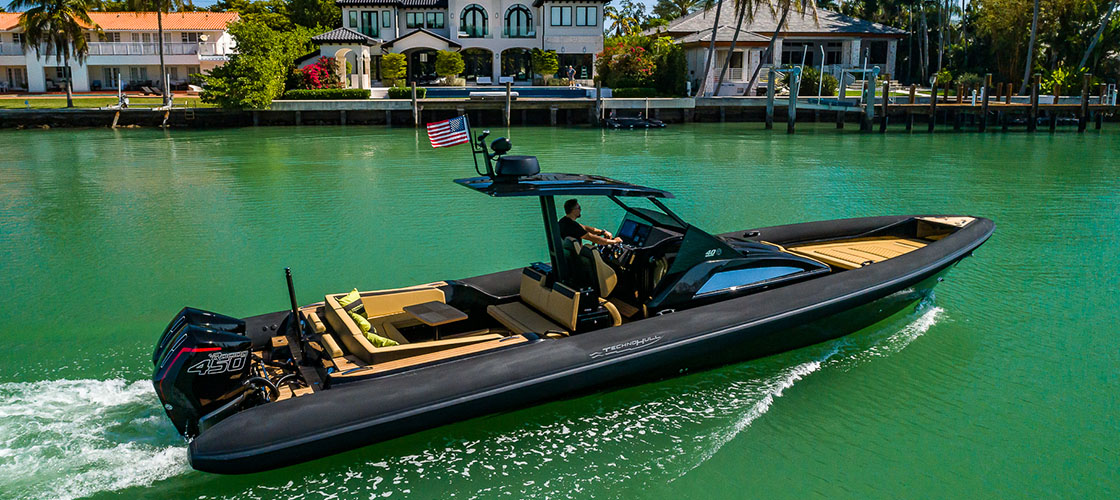
Mercury tries to compensate with a wider range of propellers made to work with fast propshafts, reduce slippage, increase thrust at low speeds and perform at high mounting heights and excessive trim angles.
The company has designed a series of efficient 4-blade propellers with lots of blade surface area to have better response in rough seas or in heavily loaded boats. Mercury also offers four-blade propellers with less blade surface area and intense features to work better in lighter boats and fast hulls.
In our opinion, high horsepower engines with lower gear ratios perform better on lighter boats and fast hulls while the higher gear ratio works better on heavier boats with more wetted surface.